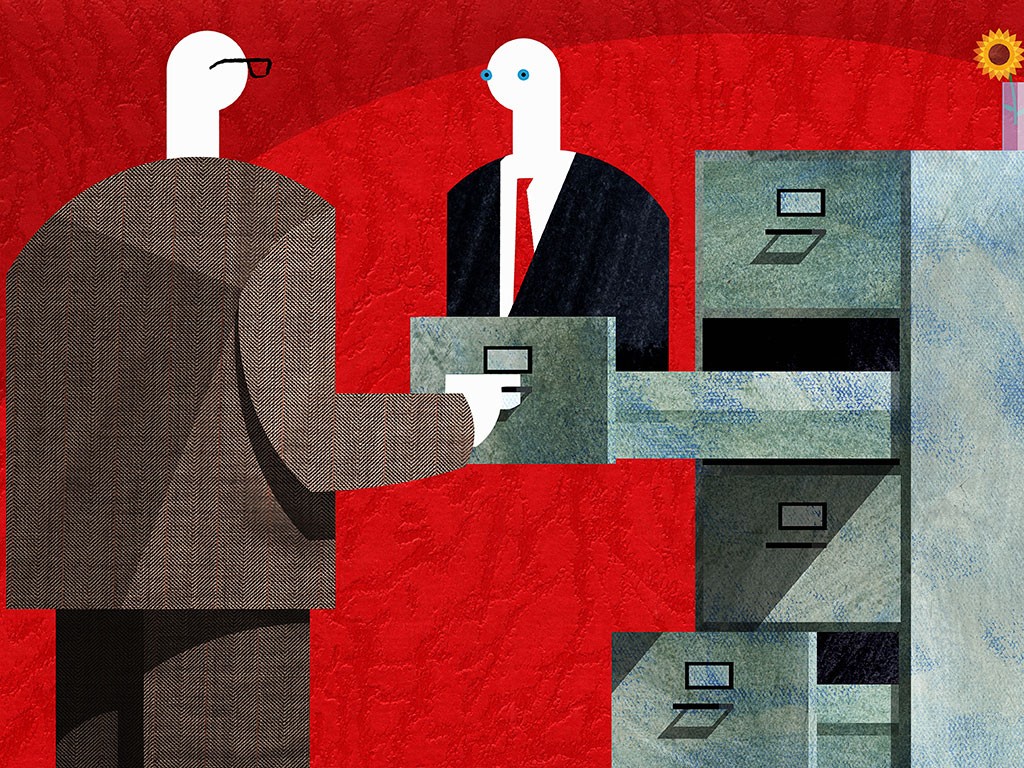Five times technology clashed with the law
Regulation has always struggled to keep pace with technology. Here are five of the biggest clashes between lawmen and innovators
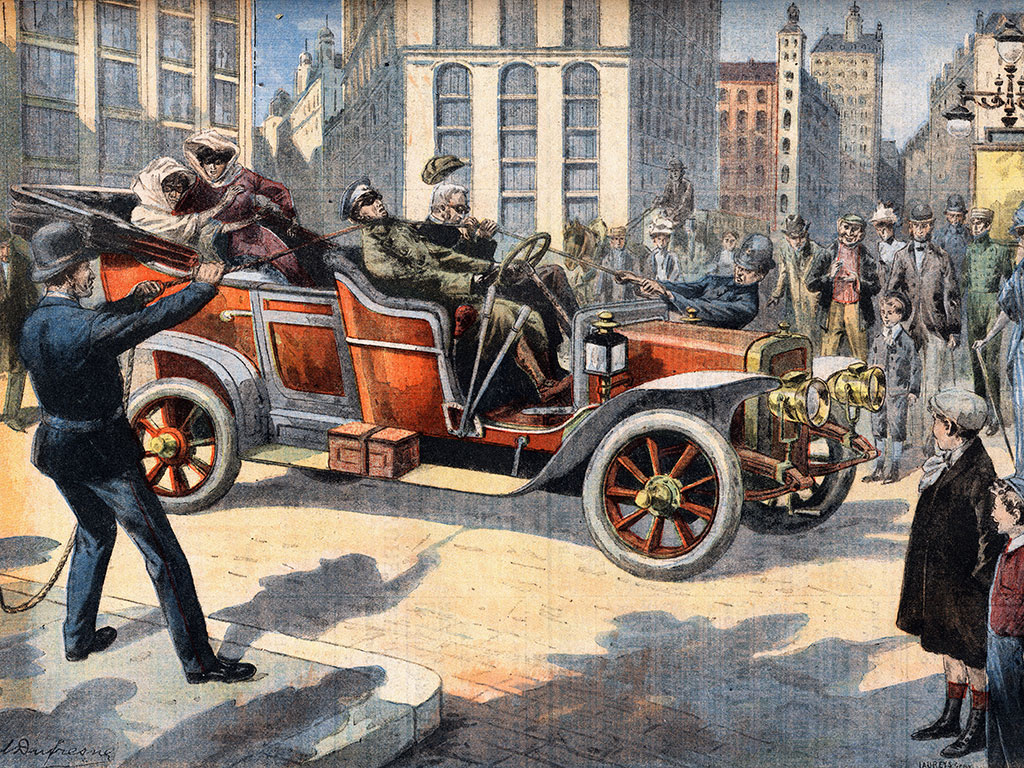
A French newspaper illustration from 1908 showing an unusual method used by US police to catch speeding motorists
New and exciting technology, by definition, has to push boundaries. And that often means it finds itself within grey areas of the law. Dominating the news at the moment is the FBI’s struggle to get Apple to compromise the iPhone’s security system so investigators can access information relating to a mass shooting. While few cases are this high profile or will create such an important benchmark, history is filled with examples of the law struggling to regulate new inventions.
The printing press
The printing press was one of the first technologies to run afoul of the law. The first printing presses were created in the mid 15th century and sped up the production of books by an incredible amount. Production of books was initially overseen by the church or state, but after 1500 the ability to easily mass produce information was seen as a potential source of heresy or dissent. Printing became heavily regulated – or even banned – in some countries. Between the 16th and 19th centuries, media regulation became a constant struggle between the restriction of information, copyright laws to protect authors, and freedom of speech.
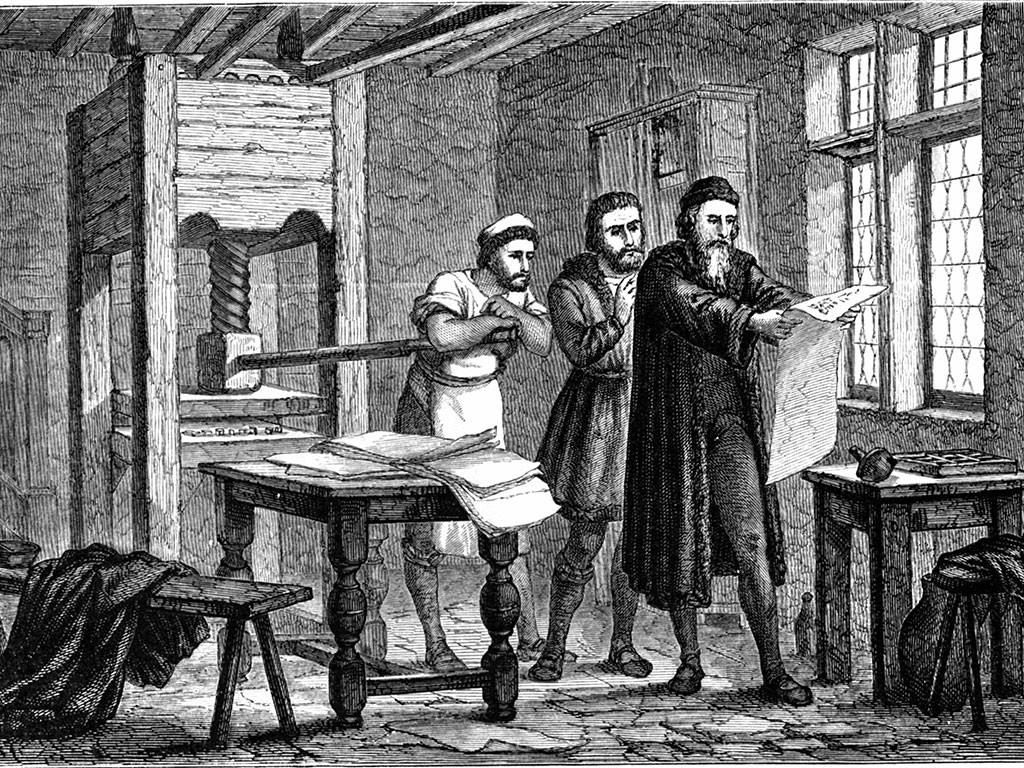
The automobile
Inventor of the modern car Karl Benz irritated his neighbours before the law caught up. In 1888, Benz’s neighbours complained about the sounds and smells his Motorwagen were producing. He asked for and received a handwritten note from the Grand Ducal Authority giving him permission to operate the vehicle on roads, creating the first driver’s permit. Licensing practices varied from country to country as the automobile gained popularity, but most were initially issued on an ad-hoc basis. The first tests to prove driver competence were introduced in 1910, in Germany. Testing and licensing became standard around the world following public outcry over the dangers automobiles posed.
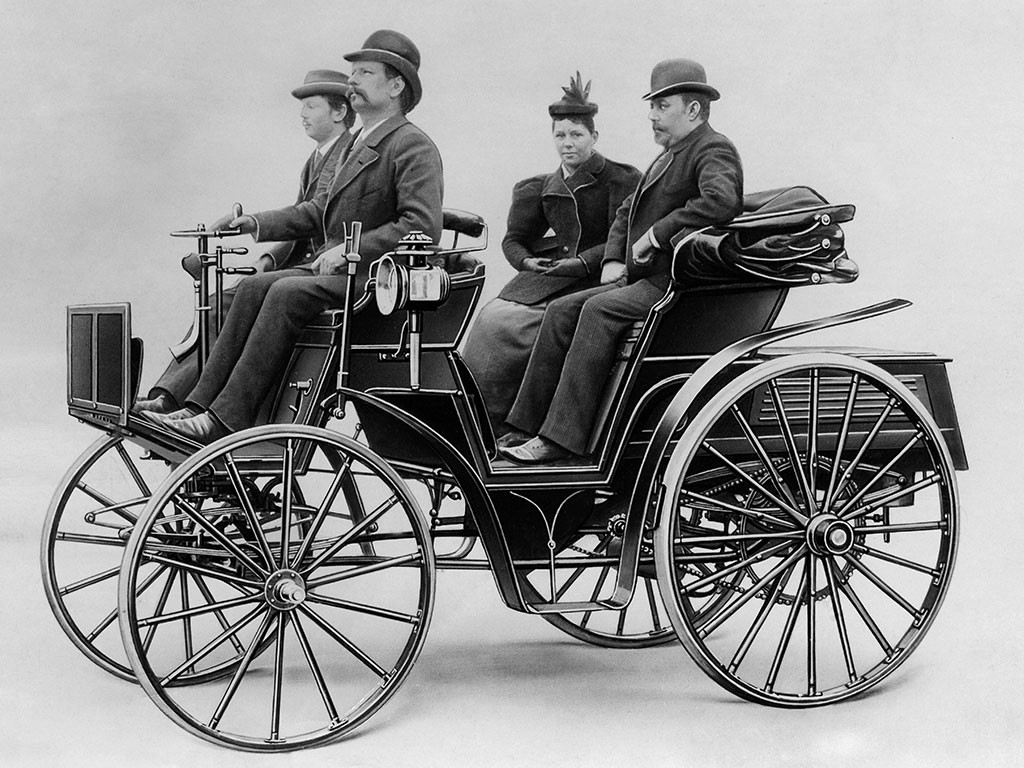
Napster
Napster was an early example of an internet start-up pushing the boundaries of the law. Released by Shawn Fanning and Sean Parker in 1999, Napster allowed users to share digital music files. At its peak, the service had 18m users. The Recording Industry Association of America quickly realised the threat Napster posed and filed a lawsuit for the unauthorised distribution of copyrighted material. Napster lost, and shut down in 2001, just two years after it was formed. Interviews with Napster’s founders suggested they thought that, once the service was up and running, record companies would appreciate the analytics that could be made available to them.
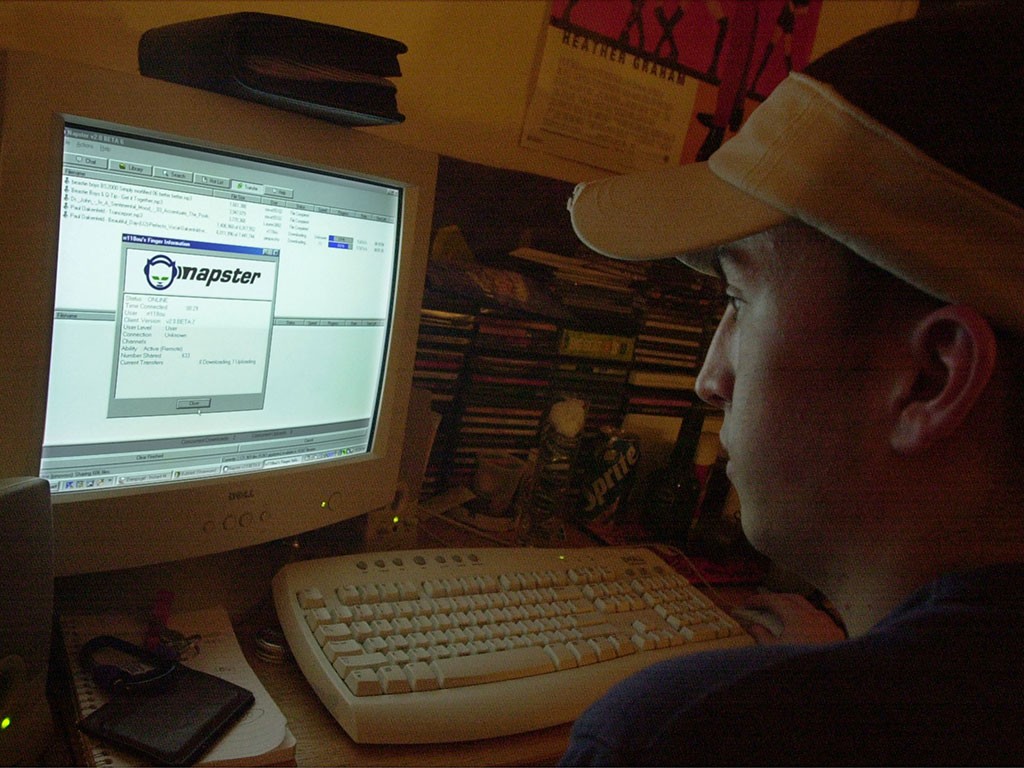
The Human Genome Project
The Human Genome Project was a coordinated international project to map and understand humanity’s genetics, leading to a greater understanding of the building blocks of life. This development naturally had big implications for medicine, and enterprising pharmaceutical companies moved quickly to cash in. Myriad Genetics applied and received patents for the sequence and location of two genes implicated with cancer, giving them the exclusive right to develop and create medical tests and therapies that involved them. In 2013, the US Supreme Court invalidated the patents, since you can’t patent something that naturally occurs in nature. However, the ruling does not cover composite genes created by combining elements of naturally occurring DNA.

International data transfer
EU privacy law forbids the transfer of citizen’s data outside EU borders. While this makes sense with paper records, it made the transfer of data to the US by companies such as Facebook and Google illegal. The Safe Harbour agreement was implemented in 2000 to allow for this, letting US companies self-certify that EU citizen’s data was protected without having to enter into a number of complex bilateral agreements. But data movements are back in the spotlight after the agreement was declared illegal by the European Court of Justice last year, on the basis it was not secure from the observation of US government agencies. A new agreement is currently in the works.
